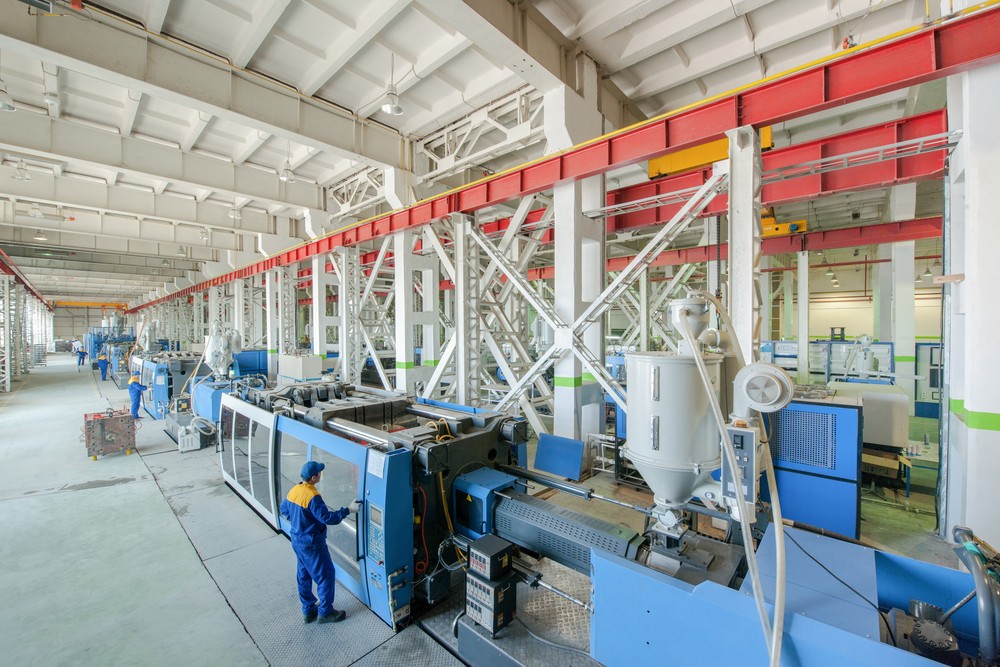Where is Manufacturing Seeing Domestic Growth?

At one point in history, the U.S. was largely a map of manufacturing. Heavy machinery in the Midwest. Textiles in the South. Foodstuffs out West. Pharmaceuticals in the Northeast. Today, the lines are blurring, and the once-clear map of domestic manufacturing is a little more pockmarked. Nevertheless, there’s opportunity for resurgence — especially as new industries come to fruition and reshoring efforts become a reality thanks to supply chain woes.
To understand where manufacturing could expand and flourish over the next decade, it’s worth looking at where we’re starting from. Or, rather, the state of manufacturing in 2021.

NIST draws the lay of the land
An extremely robust blog post by the National Institute of Standards and Technology (NIST) in November 2020 tells a modern tale of the domestic manufacturing landscape. The report not only gauges the effect of the pandemic on our nationwide economic dampening, but it also specifically homes in on manufacturing opportunities during the recovery. Among the most interesting parts of the blog post is the visual outlay of manufacturing across the U.S.
NIST divides the modern landscape into five groups, ranked one to five in terms of burgeoning manufacturing (1) to industry regression (5). Displayed graphically, it’s clear things have changed since the days of the Manufacturing Belt and the Corn Belt. Selected observations include:
- The states with the strongest manufacturing momentum (+3% CAGR) include Michigan, Montana, New Hampshire, Arizona, South Dakota, Oregon, Nevada, South Carolina, and Florida.
- 12 states show manufacturing regression, including a majority of New England states including Delaware, New Jersey, New York, Connecticut, and Maine, as well as others including West Virginia, Oklahoma, Wyoming, Louisiana, and New Mexico.
- Overall, more than half of all states (28) show at least 1% CAGR for manufacturing. Findings from the NIST report show favorable economic policy for manufacturing at the state level — which could prove causation, correlation, or both.
The NIST blog touches briefly on how complex the landscape for manufacturing is — not only on a domestic scale, but from state to state. With some environments more hospitable to manufacturers than others, the domestic picture over the next 10 years will likely match up with governance at the state level.

Manufacturing is growing. Will it continue?
Even in spite of the coronavirus pandemic, manufacturing is on a growth trajectory. How high and far that trajectory is depends significantly on reshoring efforts in the coming years. According to a Deloitte special report on the post-pandemic recovery for manufacturing, “the manufacturing industry looks for ways to make itself disruption-proof.” For many, the simplest move will be reshoring. The question is, will they find a domestic environment that supports them?
There’s reason to believe that a combination of reshoring and welcoming economic policies at the state level will result in a new kind of manufacturing boom in the coming years. States like Arizona, South Dakota, and Oregon have put themselves on the manufacturing map with such policies in recent years. With other states like Georgia priming themselves for a foray into renewables manufacturing and forethought to new consumer trends, manufacturing has prospects here at home.